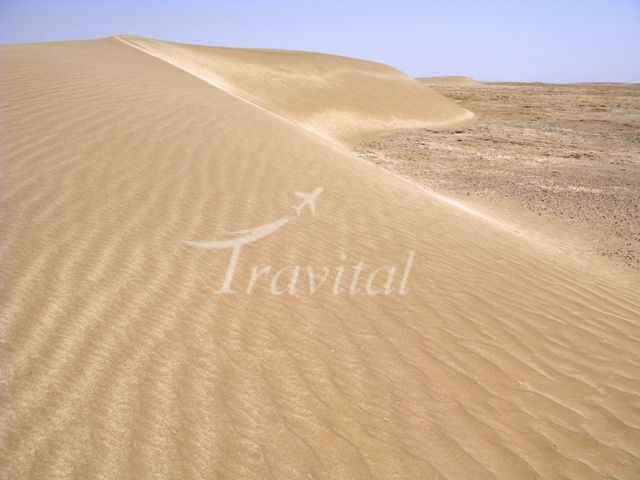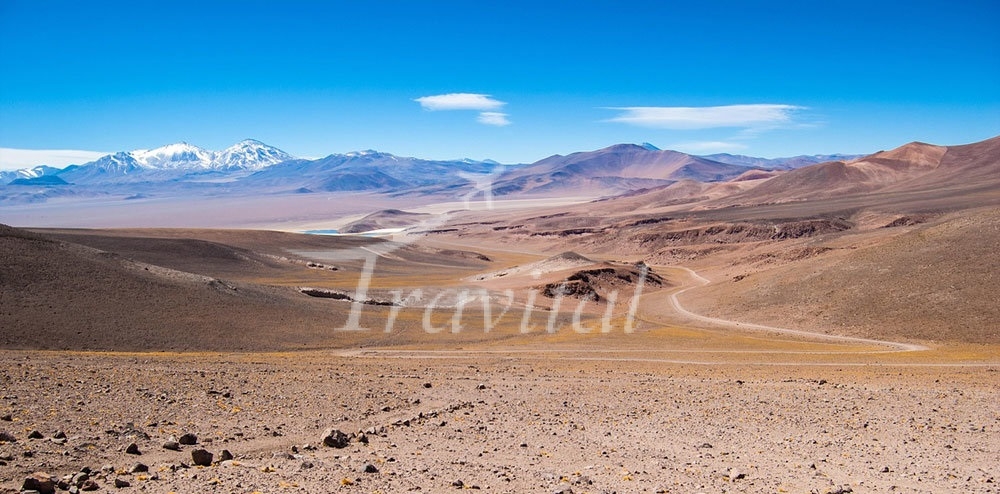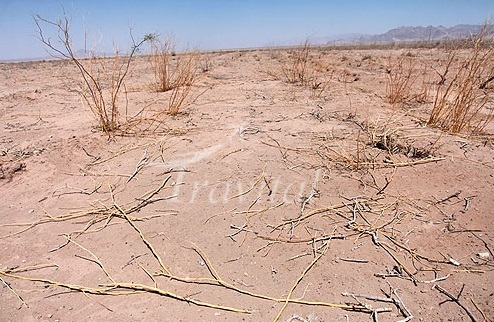Desert Attractions – Qom



Overview
The province of Qom is located along the western part of the desert, and a section of the Kavir (Desert) National Park is within the limits of this province. This characteristic has created a special background in respect to the said vicinity and is important from the aspect of tourism. Climatically, the desert region can be said to be a pleasant area for about six months in the year. The desert sky at nights can be an unforgettable sight, as well as the mysterious mirages, mounds of earth, black and white sands, crusts of salt and wonderful landscapes all merge to form a glorious panorama. In addition to this, there are historical and archaeological monuments such as caravansaries, palaces or castles, water reservoirs, subterranean canals (Qanats) and pilgrimage sites that indicate the presence of human life from the past in the desert area. A part of the northern and eastern limits of the province lie within the desert sector, running in a northwest to southeast direction. Its deepest part being in the latter, known as the Sea of Salt. To the northwest of this region are the volcanic elevations of Saveh and Zarand. Whereas, to the southwest are the altitudes of Saveh, Qom and Kashan. In the northeast stand the heights of Rood Shoor, Davazdah Imam and Siyah Kooh. Moreover, to the southeast are the elevations of Maranjab, Sefid Ab, Talkheh and Malek Abad. These elevations are not connected to each other and there are crevices and plains in between, interconnecting this sector to its surroundings. The flood canal is to the west and gains an outlet from the Qarah Chay valley. In this sector, there are elevations running parallel to each other in a northwest and southeast direction, and are of a volcanic material related to the Cenozoic period. Tourism can play an important role in this segment of the desert of Iran which lies within the limits of Qom province and is near the province of Tehran. These can be related to natural desert attractions, a communicating system between Tehran - Qom, the ancient and historical routes and that of Pol-e-Dalak. The Tehran - Qom communicating network was constructed in 1883 AD. by Atabak. En route, historical bridges and caravansaries were present and with the passage of time disintegrated. Such relics are named as, the caravansaries of Hauz and monastery, Hozeh Castle and the Dalak Bridge. The ancient and historical routes are generally related to three periods. The most archaic of which are of the Sassanide era. Such examples are the Esfahan - Ray Road, and the remnants of a route running from the south of Hozeh Soltan, (between the Dalak Bridge and Mohammad Abad of Kaj). This route which was linked by a bridge on the river or flood canal, was constructed during the Sassanide era, and was considered an important mode of communication between the cities of Ray and Esfahan. The remnants of the Dalak Bridge stands on the Qarah Chay river. The same is said to be a construction of the Safavid age and had 16 arches. This bridge was a vital and strategic link of the times between the cities of Qom and Mashad. Another ancient route is the remnant of the one which is to the north of the Siyah Kooh mountains. The same is a flag-stone one, with a width of approximately 6-10 m. This in its own time was an important link between Esfahan and the coast of Caspian Sea. The construction of this road is related to the Safavid period or the early Qajar era.
See more in Qom (Ghom)
Qom (Ghom) Hotels
Your Travel Journey Starts Here
Sign up and we'll send the best deals to you

